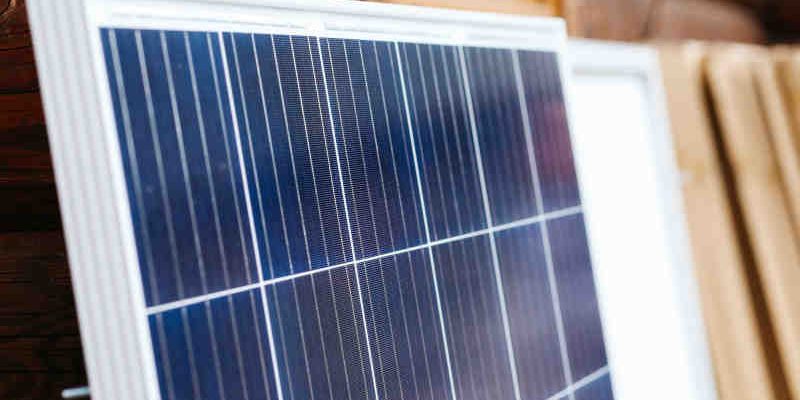Solar power is an excellent solution to rising energy costs for many who live in hot, dry climates that receive a lot of sun. New developments in solar technology now make it possible for solar technology to be integrated into the building design. If you have been thinking about going solar, building-integrated photovoltaics (BIPV) offer new solutions for building components.
What Are BIPVs?
In the past, the only way to go solar was to have space for an array of panels. As a result, many homeowners choose to place solar panels on the roof or to have an array mounted in the yard. Now, new technology has made it possible to include solar technology as part of facades, windows, and other glass components.
Most BIPVs use crystalline silicon-based solar cells, but some use thin-film technology. They can also use copper indium gallium selenide (CIGS), amorphous-based silicon (a-Si), or cadmium telluride (CdTe). They come in semi-transparent and transparent varieties. Colored glass versions are also available for some applications.
Alternatives to Conventional Glass
BIPVs are like a “skin” that converts solar energy into power. They also provide advantages, such as weather protection, insulation, noise barriers, daytime lighting, and safety. They can be installed during the construction phase of the building. In some cases, they can also be retrofitted and integrated into an existing building.
BIPVs can be used as shingles and skylights on the roof. They can also be used for cladding, window, and curtain walls. Balcony railings and shading systems can also be replaced with BIPV glass. One of the more popular applications of BIPV is roofing shingles, which eliminates the need to place solar panels on the roof.
BIPVs serve a dual purpose in your home or commercial building. They function as the building component they replace, and they can help with the electric bill. Many are choosing these systems as an alternative to regular glass. As they become more popular, you can find BIPVs as an alternative to an increasing number of products and building components. If you live in a sunny area, this new technology is an alternative to traditional glass that you might want to consider.





